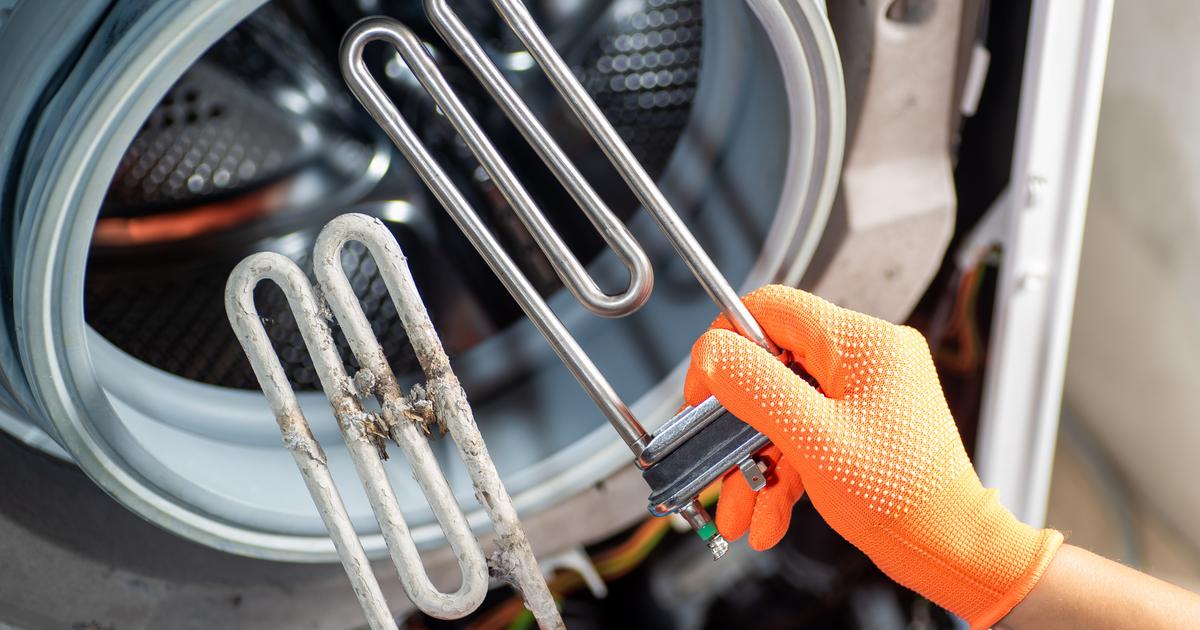Confusion is often made between limescale and tartar because in both cases the deposits must be removed.
To discover
What to plant, sow or harvest in March?
Differences between limestone and tartar
Limescale and tartar each have their own characteristics.
Limescale
is a component of water, while
scale
is the solid deposit that results from the presence of limescale in water.
Indeed, tap water can come from different natural sources, such as rivers, lakes or groundwater.
The composition of your tap water depends largely on the soils it passes through during its journey.
If these soils are limestone or chalky, the water becomes hard by becoming loaded with calcium and magnesium ions.
Conversely, if the soils are granite, the water will be softer and less rich in mineral salts.
The harder the water, the more it promotes the formation of scale.
How to recognize tartar?
Whitish marks, greening joints and a drop in water pressure are telltale signs of its presence.
Is it serious to have tartar and limescale?
Although limescale and tartar do not represent a health hazard, they can be a source of daily inconvenience.
Hard water, rich in mineral salts such as calcium and magnesium, can:
Dry the skin and cause irritation
Make hair dry and brittle
Make soaps and detergents less effective
Gradually accumulate in pipes and household appliances, leading to a reduction in their efficiency.
Tarnish the dishes
Clog the pipes
Seize taps, etc.
Conversely, water that is too soft can promote corrosion of pipes.
Also, it is advisable to take action to prevent scale from setting in and damaging sanitary facilities.
To find out the hardness of the water in your municipality, consult the information available on the Ministry of Health website, examine your water bills or inquire directly at your town hall.
You can also purchase water testing kits for a more accurate assessment.
How to fight limescale and tartar?
Several practical and natural solutions are possible to effectively combat limescale and tartar, each aimed at preventing their accumulation and eliminating existing deposits.
Use natural household products
White vinegar, baking soda and lemon are effective as tartar for descaling affected surfaces.
For example, heat white vinegar with water and apply this mixture to the affected areas.
Leave to act, then scrub and rinse.
Likewise, a paste of baking soda mixed with water can be used to clean scale deposits on taps, while lemon, soaked on a damp cloth, can be used to restore shine to the faucet. bathroom.
Soda crystals are also a solution for naturally eliminating limescale deposits in pipes.
Just use them regularly to prevent clogs and maintain good water flow.
Install a water softener
For a more comprehensive and effective long-term solution, the water softener is recommended for hard water.
This device acts at the water inlet point of the home by neutralizing the calcium and magnesium ions responsible for limescale, which makes it possible to obtain softened water, free of scale.
Clean affected surfaces regularly
Try to adopt good daily maintenance habits to prevent the appearance of limescale and tartar deposits.
For example, you can use a squeegee and a clean cloth to dry surfaces after a shower and clean bathroom grout regularly.
In summary, if limescale and tartar are not harmful to your health, it is better not to let it settle in to preserve the durability of sanitary installations and improve the quality of the water used on a daily basis.

